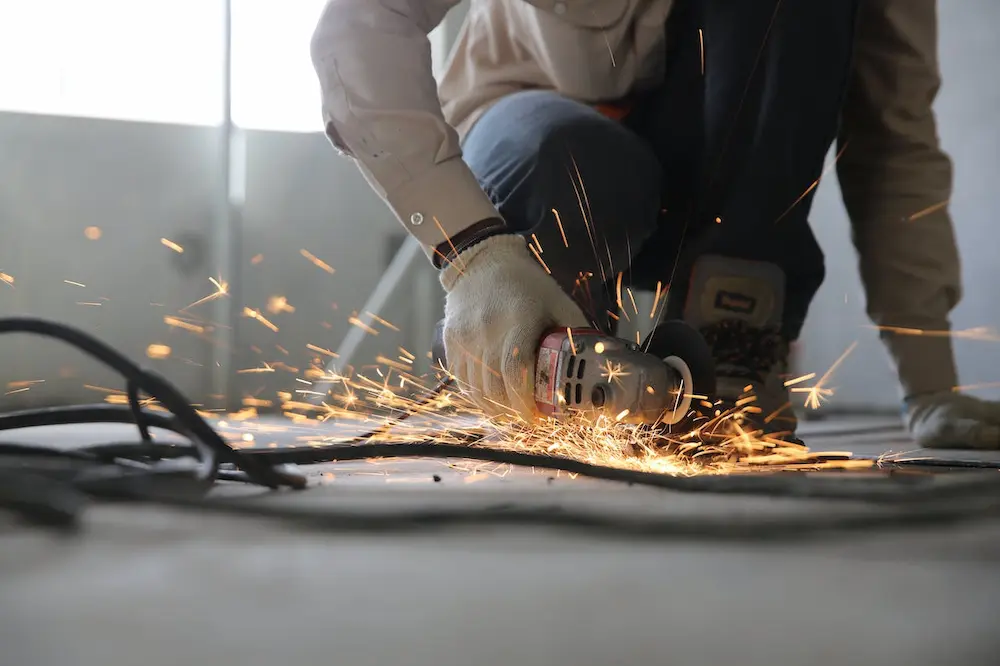The construction industry is a complex and dynamic field that demands meticulous attention to legalities to ensure successful and compliant operations. Navigating the legal landscape of construction is essential for not only avoiding potential legal pitfalls but also for fostering a safe and productive working environment.
In this comprehensive guide, we will delve into the various legal aspects that construction businesses must consider to thrive in a competitive and regulated industry.
Understanding the Regulatory Framework
Understanding the regulatory framework is akin to possessing a roadmap through the intricate terrain of the construction industry. This framework serves as the guiding force that delineates the rules and standards governing every aspect of a construction project. Zoning laws dictate where and how structures can be built, ensuring harmony with the surrounding environment. Building codes set the structural and safety standards that must be met, safeguarding both the occupants and the community.
Environmental regulations impose constraints to protect ecosystems and natural resources, demanding a delicate balance between progress and preservation. Occupational safety standards, a cornerstone of construction regulations, mandate the meticulous management of risks inherent to construction sites. To navigate this multifaceted regulatory tapestry, construction businesses must not only be cognizant of existing laws but also remain agile in adapting to evolving regulatory landscapes. Engaging legal professionals who specialize in construction law becomes imperative, offering businesses the expertise required to interpret, implement, and navigate the myriad regulations that shape the industry.
A proactive approach to regulatory compliance not only averts legal troubles but also positions a construction business as a responsible and trustworthy player in the market, fostering a positive reputation that can be instrumental in securing contracts and partnerships.
Safety Regulations: A Non-Negotiable Priority
Safety in construction is not just a legal requirement; it’s a moral obligation. Construction sites are inherently risky environments, and the onus is on businesses to create and maintain a safe workplace. Under the term safety, a thing that shouldn’t be forgotten is that all equipment works properly.
This being said, you should get high-performance spare parts. This can include road construction machinery spare parts, such as rubber tires, rubber track pads, buffer rubber, and milling machine cutting tools. If you are not sure what these are and where else to look for, you can see websites like everpads.com or any recommendations. Ensuring the safety of workers involves implementing robust safety protocols, providing necessary training, and regularly inspecting equipment.
Accidents not only lead to legal consequences but also have a profound human cost. Regular safety audits, transparent communication, and a commitment to continuous improvement can significantly reduce the likelihood of accidents and legal complications.
Contractual Clarity: The Foundation of Legal Security
Contracts are not mere formalities but intricate documents that lay out the rules of engagement for all parties involved in a construction project. The absence of ambiguity is paramount in mitigating potential disputes and, consequently, legal entanglements. Each clause and condition must be meticulously crafted to reflect the specific nuances of the project, leaving no room for misinterpretation.
Legal experts play a pivotal role in ensuring that contracts are comprehensive, clear, and aligned with the unique demands of each construction endeavor. These documents are not static; they evolve with the project, necessitating regular reviews and updates to reflect changes in scope, timelines, or budget.
Additionally, the inclusion of robust dispute resolution mechanisms further fortifies the legal scaffolding, providing a roadmap for amicable conflict resolution without resorting to protracted litigation. In essence, contractual clarity is not just about documenting terms; it’s about creating a framework that fosters trust, collaboration, and legal security throughout the life cycle of a construction project.

Employment Laws: Protecting the Workforce
Since workers are the foundation of any construction project, it is both morally and legally required to protect their rights and well-being. From the nuanced dictates of fair labor standards to the stringent occupational health and safety regulations, compliance is not merely about ticking boxes on a legal checklist. It is about fostering a positive work culture where employees feel valued and protected.
Missteps in this area can lead to a cascade of legal consequences, from costly fines to reputational damage. Therefore, a proactive approach is indispensable. This involves the implementation of comprehensive human resources policies that address the unique challenges of the construction sector, from the physical demands of the job to the necessity for continuous skill development.
Regular training sessions on relevant laws, coupled with transparent communication channels between management and workers, create an environment where legal compliance is not a burdensome requirement but an integral part of the company’s ethos. As the legal landscape evolves, staying informed about industry-specific employment regulations ensures that a construction business remains adaptable and responsive to the changing needs of its workforce and the broader legal environment.
Ultimately, a commitment to employment laws is not just about avoiding legal entanglements; it’s about safeguarding the rights, well-being, and dignity of the individuals who contribute their expertise and labor to the construction industry’s success.
Environmental Considerations: Navigating Green Building Standards
Environmental considerations are increasingly becoming a focal point in the construction industry, and navigating green building standards is a crucial aspect of modern construction practices. As societies worldwide prioritize sustainability, construction businesses must adapt to eco-friendly building methods and materials.
Green building standards encompass a spectrum of practices, including the use of renewable energy sources, energy-efficient designs, and environmentally friendly materials. Adhering to these standards not only ensures compliance with ever-evolving environmental regulations but also enhances a company’s reputation as a socially responsible entity. By incorporating green building practices, construction businesses contribute to the broader goal of environmental conservation, mitigating their ecological footprint while meeting the demands of a market that values sustainability.
In essence, navigating green building standards is not just a legal obligation but a strategic move that positions construction companies as leaders in responsible and forward-thinking construction practices.
In the construction business, legal considerations are not an ancillary concern but a fundamental aspect of successful and sustainable operations. From safety regulations to contractual clarity, employment laws, and environmental considerations, every facet of the construction process is intertwined with legalities. By prioritizing legal compliance, businesses can navigate the complexities of the construction industry with confidence, ensuring both the success of individual projects and the long-term prosperity of the company as a whole.













